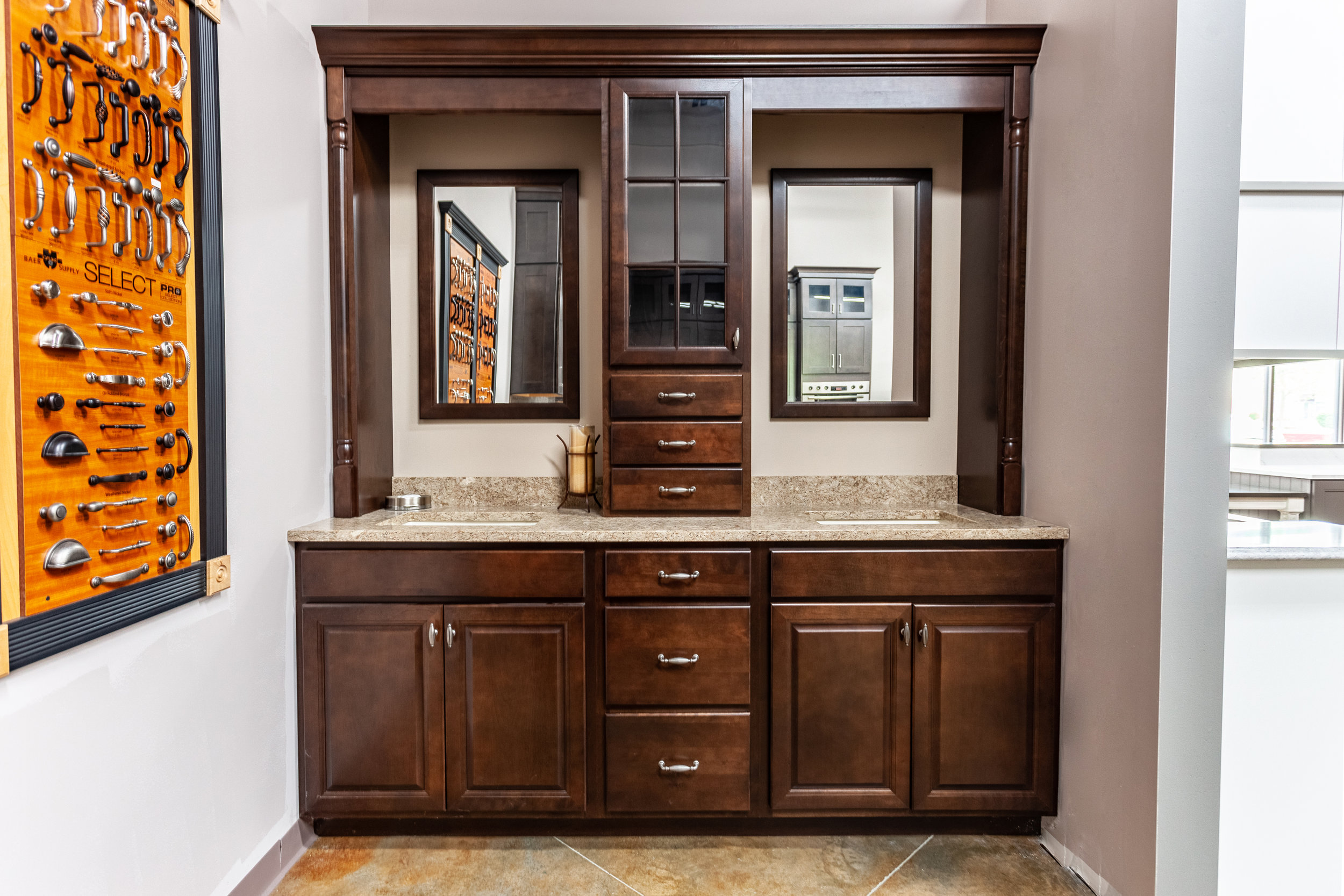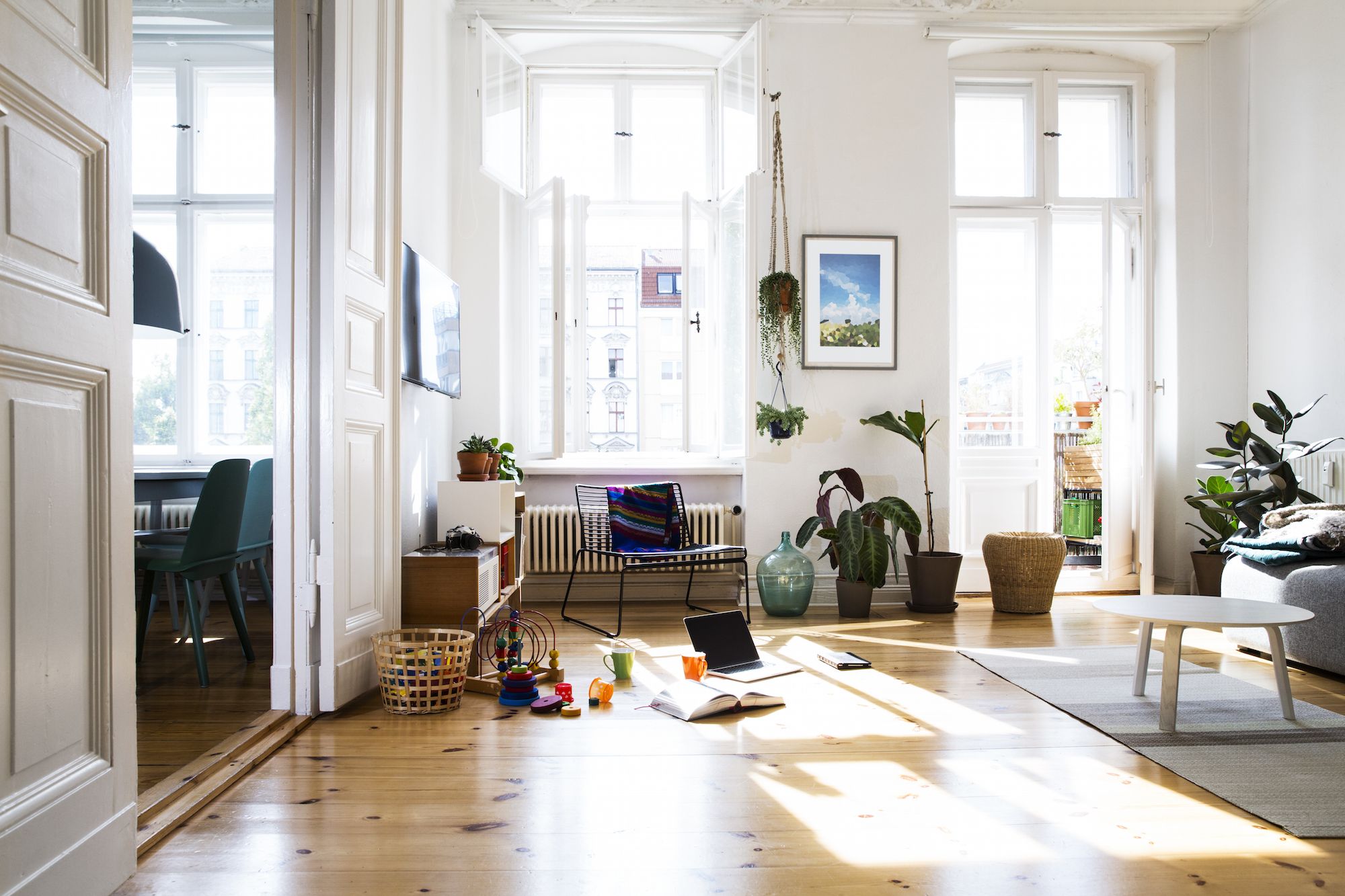Integrating an air circulation strategy into a home design is perhaps the most important factor to achieve increased energy efficiency and optimal comfort. Passive ventilation involving the use of natural energy is the most cost-effective method of supplying air into a building, and thus can result in larger reductions in the amount of energy needed for cooling and heating. Passive house designs has been increasingly popular because of their sustainability and energy savings potential. Building designers can take advantage of passive ventilation systems to ensure they achieve space conditioning and healthy air quality in the buildings they design. Passive ventilation involves several design guidelines in order to achieve the best results. For instance, air entrance should be situated on the windward side of the building, and have sufficient openings on both sides of the house in order to ensure air movement. These openings should be optimized for the prevailing wind direction in order to achieve the highest possible air flow. In summer months, windows should be located so that the rising hot air can escape out of the upper part of the house. Passive House Design Guidelines for Natural Air Circulation
Designers can use efficient air circulation designs to ensure the optimal air distribution within their homes. For example, a horizontally placed opening that is window-like can provide better insulation and air circulation than just one window. This is because the horizontal opening will enable air to move in and out of the house more quickly and efficiently. Additionally, the use of carpets and furniture to create a barrier between the outside and inside air will help in maintaining the desired temperature in the house and reduce energy consumption. Furthermore, the use of high-speed fans can enhance the air quality and reduce energy consumption. These fans have the ability to efficiently move the air from opposite sides of a house, instead of just relying on regular air currents like traditional fans. High-speed fans can move the air from the outside of the house to the interior, which is an efficient way to control the temperature in the building.Efficient Air Circulation House Designs
Passive cooling house designs are increasingly becoming popular in the home building industry due to their environmental advantages and energy efficiency. Passive cooling involves incorporating ventilation techniques, insulating materials, ventilation systems, and other energy-saving technologies into the design of the home. For example, the use of air movement through the house can be utilized to harness the naturally cooler air that flows at a lower altitude to reduce the interior temperature. Furthermore, the effective design of the house can also be considered in order to make use of the shaded areas to reduce the amount of direct sunlight entering the building. The use of natural cooling techniques such as evaporative cooling, radiant cooling, and earth-sheltered cooling can also be incorporated into passive cooling house designs. These techniques allow hot air to escape through the ventilation system and provide a cooler environment inside the home. Additionally, designers can also take advantage of green technologies such as green roofs and solar panels, which can generate energy to operate other cooling systems within the house. Passive Cooling House Designs
Air circulation house design can help reduce energy consumption by controlling the movement of air inside the house. Utilizing cross-ventilation techniques, which involve opening windows on opposite sides of the house, can help draw air through the entire house while eliminating air pockets and reducing the need for mechanical systems to move air. This helps reduce the load on the air conditioning systems by providing a natural airflow, and helps reduce energy bills. Designers can also create effective air barriers by using the appropriate construction materials and insulation techniques to minimize air leakage. The use of permeable materials such as foam in the air barrier, and tightly sealed windows and doors can help reduce air leakage and save energy. Additionally, the use of reflective paint on the roof and walls of the house can also help keep the house cooler and reduce the amount of energy required to cool the building.Minimizing Energy Use Through Air Circulation House Designs
Ventilation strategies are also an essential part of an effective air circulation strategy. Proper ventilation allows the air in the house to be replenished with fresh air and also helps remove contaminants, resulting in a healthier indoor environment. Designers should take into consideration the size of the house, the amount of air needed to meet the requirements of the occupants, and the presence of any pollutants in the air when developing ventilation strategies. Designers can also consider ventilation systems that use fans or turbines to bring in and exhaust air from the house. These systems can be connected to vents in the walls or ceilings, and can help create a more comfortable indoor environment while also increasing energy efficiency. Additionally, using an air filtration system within the house can help reduce air contaminants. Ventilation Strategies for Air Circulation in Home Designs
Air circulation is key to improving the air quality in home designs, as it helps remove impurities, odors, mold, and other harmful contaminants. The goal of air circulation is to move fresh air into the home and to remove stale air. To achieve this, designers can incorporate fans or use windows and vents strategically placed throughout the house. Additionally, using an indoor air quality system, such as a dehumidifier, is also beneficial in controlling the level of humidity and removing particulate matter from the air. Designers can also install filters in ducts to reduce airborne pollutants. Activated carbon filters, microbial filters, and ultraviolet lamps are all effective at removing contaminants and improving air quality. Furthermore, designers can use air cleaning plants to remove the particles from the air that are not captured by air filters. These plants are easy to care for and help detoxify the air.Improving Air Quality in Home Designs Through Air Circulation
Designers can incorporate a recycling system into their home designs to help reduce energy consumption and improve overall air quality. This system can include technologies such as air-to-air heat pumps, rooftop thermal collectors, and solar hot water collectors. These systems can help to reduce energy bills by utilizing the resources available to them, such as the sun’s heat and the warmth of the environment, to provide efficient and green heating and cooling solutions. Designers can utilize rooftop thermal collectors to capture heat energy from the sun and use it to warm the home. Solar hot water collectors can also be used to collect the sun’s energy and then transfer it to water for use in the home. Finally, air-to-air heat pumps can be utilized to circulate air from the outside to the inside of the home, thus improving the efficiency of the air circulation strategies.Recycling System for Home Designs with Air Circulation Strategies
The most efficient home designs rely on air circulation strategies to maximize their thermal performance. For instance, strategic placement of windows and other ventilation systems can help with natural air flow through the house. Additionally, air barriers should be well insulated in order to reduce the chances of air leakage, which in turn helps the occupants feel more comfortable in the home. Additionally, ceiling fans can be installed to help create air movement without the need for running air conditioners. Designers can also choose to incorporate solar energy into their homes in order to maximize their efficiency. Solar panels can be installed on the roof to allow the home to capture the sun’s energy and use it for heating, cooling, and lighting. Likewise, reflective paint can be applied to the building’s surfaces to reduce the amount of direct sunlight entering the building. These strategies, when used in conjunction with an effective air circulation strategy, can help reduce energy bills and improve overall thermal performance of the home.Maximizing Thermal Performance of Home Designs Through Air Circulation Strategies
Air circulation strategies in home designs provide important environmental benefits to the building. Utilizing natural air flows in order to reduce the energy required for space heating and cooling helps to reduce energy consumption and reduce dependence on fossil fuels. Furthermore, proper air circulation can also help to create a healthier indoor environment by improving air quality and removing particulate matter, thus improving the overall health of the occupants. Designers can also use natural ventilation and insulation technologies to improve the performance of their homes. For instance, natural ventilation techniques, such as greenhouse vents, can provide cooling and fresh air to the home, and can help reduce the amount of energy required for air conditioning. Additionally, proper insulation in the walls and roof of the house can help reduce the amount of energy required to warm and cool the rooms throughout the day.Environmental Benefits of Air Circulation Strategies in Home Designs
Designers can take advantage of air circulation systems in order to make their house designs more eco-friendly. Utilizing natural air flow systems helps to reduce the amount of energy required to heat and cool the home. Additionally, air filtration systems can help reduce the amount of airborne particles and contaminants in the air, thus improving the overall air quality inside the home. Designers can also take advantage of green technologies and materials to improve the efficiency of their homes. For example, green roofs can be used to reduce the amount of energy used for cooling and heating, while solar panels can help generate energy to power other systems in the home. The use of eco-friendly building materials, such as bamboo flooring or recycled timber, can also help to reduce the amount of energy used in the building process.Air Circulation Systems for Eco-Friendly House Designs
Designers can use an air circulation strategy as part of their home design in order to improve air quality in the home. Utilizing natural ventilation techniques, such as opening windows on the leeward side of the house, can improve the air quality. This will also help reduce the need for artificial air systems, resulting in decreased energy bills. Additionally, using air filtration systems to remove contaminants, allergens, and particles from the air can help improve the air quality in the home. Designers can also use plants, such as air purifying plants, to help detoxify the air and remove pollutants.Improving Indoor Air Quality with Air Circulation Strategies in Home Designs
The Advantages of Air Circulation House Design
 Well-designed house plans are essential in providing comfortable living and workplace solutions. Air circulation — creating a free flow of air inside homes and businesses — is critical to a healthy and sustainable living/working environment. A good home design can incorporate features to optimize air circulation for improved health and wellbeing.
Well-designed house plans are essential in providing comfortable living and workplace solutions. Air circulation — creating a free flow of air inside homes and businesses — is critical to a healthy and sustainable living/working environment. A good home design can incorporate features to optimize air circulation for improved health and wellbeing.
Achieving a Fresh, Healthier Indoor Environment
 With the right kind of air circulation, the interior air in a home or office can become fresher and cleaner, as interior fumes such as cooking odors, dust and dander can be quickly removed. This helps to reduce the health risks associated with stagnant air. Air is drawn in from the outside and pushed back out, keeping the interior air fresh and healthy.
With the right kind of air circulation, the interior air in a home or office can become fresher and cleaner, as interior fumes such as cooking odors, dust and dander can be quickly removed. This helps to reduce the health risks associated with stagnant air. Air is drawn in from the outside and pushed back out, keeping the interior air fresh and healthy.
Improved Thermal Regulation
 An air circulation system helps to maintain a comfortable temperature in the home or office, thanks to regular ventilation of hot air and replacement of hot spots. This helps to increase the comfort levels of homeowners and workers, reducing the need for additional heating and cooling systems.
An air circulation system helps to maintain a comfortable temperature in the home or office, thanks to regular ventilation of hot air and replacement of hot spots. This helps to increase the comfort levels of homeowners and workers, reducing the need for additional heating and cooling systems.
Reducing Condensation
 Condensation can be a major problem in certain parts of the home, but good air circulation can help to reduce humidity levels and combat this problem. Too much humidity can result in mould and mildew problems, which can be a real health hazard. Optimal air circulation lowers the humidity levels, reducing the risk of condensation and improving the hygiene of the living or working space.
Condensation can be a major problem in certain parts of the home, but good air circulation can help to reduce humidity levels and combat this problem. Too much humidity can result in mould and mildew problems, which can be a real health hazard. Optimal air circulation lowers the humidity levels, reducing the risk of condensation and improving the hygiene of the living or working space.
Reducing Energy Consumption
 By improving air circulation, the home or office can become better insulated, reducing energy consumption. Hot and cold air will move through the rooms more efficiently, with less need for additional heating and cooling systems. This also results in less strain on the main energy system, reducing the bills for energy consumption.
By improving air circulation, the home or office can become better insulated, reducing energy consumption. Hot and cold air will move through the rooms more efficiently, with less need for additional heating and cooling systems. This also results in less strain on the main energy system, reducing the bills for energy consumption.
Making Air Circulation a Priority in Home Design
 It’s easy to overlook the importance of air circulation in home or office design, but it can have a huge effect on the living and working environment. Healthy, breathable air can make all the difference in creating a comfortable interior space. Consulting a professional home designer can help to identify which features are best for optimizing air circulation, making it easy to incorporate into any home design.
It’s easy to overlook the importance of air circulation in home or office design, but it can have a huge effect on the living and working environment. Healthy, breathable air can make all the difference in creating a comfortable interior space. Consulting a professional home designer can help to identify which features are best for optimizing air circulation, making it easy to incorporate into any home design.
































































:max_bytes(150000):strip_icc()/DesignbyEmilyHendersonDesignPhotographerbySaraTramp_181-ba033340b54147399980cfeaed3673ee.jpg)


